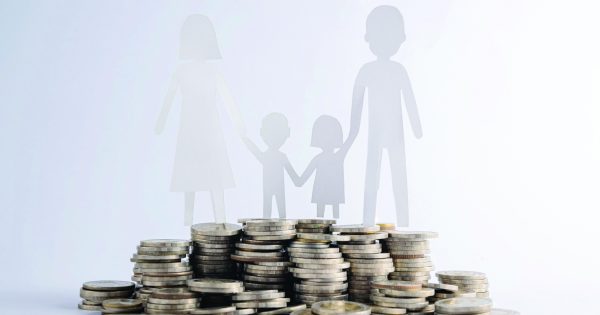Buying a home is an exciting event. However, before you commit yourself to what is probably the biggest purchase you will make in your life, you need to plan your finances carefully.
Having your plans mapped out will help you save time and avoid uncertainty and anxiety. With your loan repayments in order, your family’s joy of having your own home will not be marred by constant worry and arguments.
What types of property are out there?
The two types of residential property are landed (houses) or not landed (high or low-rise apartments or condominiums). They may be freehold or leasehold. Freehold property gives you ownership forever or until you decide to sell it while you own a leasehold property for the duration of the lease (usually 99 years).
Setting your budget will help you decide on the type of property to get. The general rule of thumb is that home buyers can buy properties that are 1.5 to 2.5 times their annual income.
The monthly installments of your home should not be more than 1/3 of your gross family income. What you can afford also depends on the amount of loan you can get, which is based on the amount of your other commitments such as car loans, personal loan and credit cards.
How do I choose the property?
A home is a big purchase, so do some research before committing yourself. Make a site visit and note the amenities, layout, neighbourhood and find out the resale value of the property. If possible, talk to the residents there as they would be the best people to give you a clear picture of the neighbourhood.
If you are buying a property that is still under construction, do check the background of the developer. Does the developer have a good track record and all the valid licenses issued by the Ministry of Housing and Local Government and respective local authority?
Source of funding
The funding for your property can be a combination of three main sources:
- Savings: You should have enough personal savings to pay for the down payment and other related costs such as legal fees, disbursement fees, stamp duties and others. The more savings you put into your property, the smaller the amount of your loan and subsequently, your monthly instalments. However, you must not ignore other needs, such as saving for emergencies, the children’s education and your retirement fund.
- Withdrawal from the Employee Provident Fund: You can withdraw from the Account 2 of your EPF for a bigger down payment. Check with your nearest EPF office to enquire about your withdrawal eligibility.
- Loan facility from a financial institution: You will be committing to a long-term relationship with the bank that you choose to finance your house with, so choose your bank carefully. Do your homework and check out the different types of loan packages each bank offers. Consider also their overall efficiency and reliability.
NEW PROPERTY MONEY TRAPS
Some new property owners go overboard with their renovations and interior decorations by taking a bigger bank loan to support the extra expenditure. This translates into higher installments and a heavier financial burden for the family. Remember this before calling the contractors: try getting the building materials yourself as they will cost less, bargain with the contractor for the best price, and skip elaborate designs if you cannot afford them.







Comments